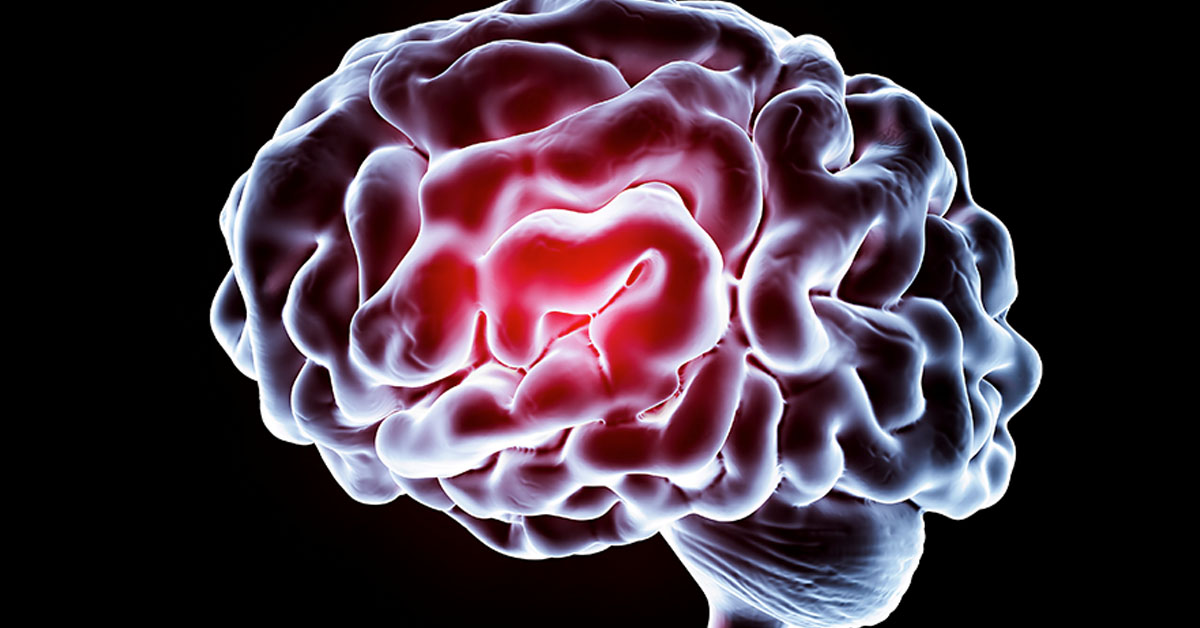Subarchnoid Hemorrhage: bleeding inside skull; has multiple causes. Some symptoms: severe headache, vision problems, etc.

What is a Subarachnoid Hemorrhage?
A subarachnoid hemorrhage is bleeding in the subarachnoid cavity. The subarachnoid cavity is the area of the skull surrounding the area between the brain and the thin tissues that cover the brain.
Causes of Subarachnoid Hemorrhages
A subarachnoid hemorrhage may occur as a result of arteriovenous malformation (AVM). An AVM is a knot of abnormal and poorly formed blood vessels (i.e., arteries and veins). Bleeding of a subarachnoid hemorrhage may be due to an AVM.
They can also be caused by cerebral aneurysms. Cerebral aneurysms are weak areas in a blood vessel that cause bulging, dilation or ballooning of that blood vessel. Bleeding begins when a cerebral aneurysm ruptures.
Head injury is also one of the reasons for subarachnoid hemorrhages. This is common among the elderly who have hit their head as a result of a fall. In others, they may be the result of a head injury during an accident.
Bleeding disorders and use of blood thinners can also cause subarachnoid hemorrhages.
Symptoms of Subarachnoid Hemorrhages
A sudden, severe headache is the most common symptom. Patients usually describe the headache as the worst headache of their lives. This headache is usually worse at the back of the head.
The following may also be an indication of subarachnoid hemorrhage:
Dizziness and decrease in consciousness
Changes in the personality and mood
Feelings of irritation
Confusion and lack of judgment
Seizures
Pain and stiffness in neck
Problem with vision (such as loss of vision, double vision and blind spots)
Vomiting and nausea
Diagnosis of Subarachnoid Hemorrhages
The following tests and examinations may be performed to diagnosis a subarachnoid hemorrhage:
- Physical examination: To reveal stiffness in the neck.
- Neural examination: To identify problems in brain and nerve function.
- Eye examination: To highlight vision problems. Reduction in the movement of eyes as a result of injury to the cranial nerves will also be highlighted by this examination.
If it is suspected that a subarachnoid hemorrhage exists, the following procedures might also be performed:
Computed tomography (CT) scan of head
Cerebral angiography
Lumbar puncture (or spinal tap), if CT scan shows normal results
CT scan angiography
Magnetic resonance imaging (MRI)
Transcranial Doppler ultrasound
Magnetic resonance angiography (MRA)
Treatment of Subarachnoid Hemorrhages
A subarachnoid hemorrhage can be life threatening. Therefore, the most important treatment goal is to preserve the patient's life . Treatment goals also include repairing the causes of bleeding, relieving the symptoms and preventing possible complications (like permanent brain damage or stroke)
Surgery will be used to remove the pools of blood in the subarachnoid cavity. This surgery will help by relieving the pressure on the brain, if the hemorrhage was caused by an injury. Surgery can also repair aneurysms if the hemorrhage was caused by a ruptured aneurysm.
The patient will require complete bed rest and should avoid activities that can increase pressure on the brain (e.g., bending, straining, and suddenly changing position ).
